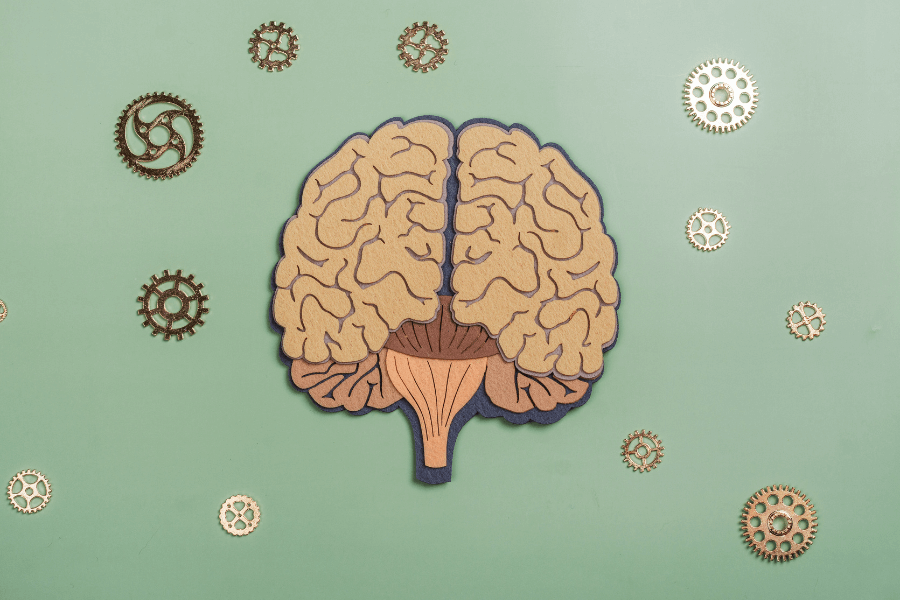Desert Cove Recovery Drug Treatment Center Arizona
The methods for treating drug addiction can vary widely. Different Arizona drug treatment centers practice a variety of techniques to treat addiction to drugs. Desert Cove Recovery’s Drug Treatment Center Arizona, believes in a holistic method that includes the 12-Steps and other modern-day practices developed by the top medical practitioners in the country.




